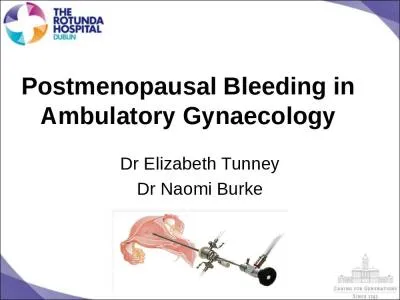PPT-A Pragmatic Approach to Infection Prevention and Control Guidelines in an Ambulatory Care
Author : adah | Published Date : 2022-06-15
Jessica Ng MSc CIC Manager Infection Prevention and Control IPampC Womens College Hospital Hosted by Paul Webber paulwebbertrainingcom wwwwebbertrainingcom April
Presentation Embed Code
Download Presentation
Download Presentation The PPT/PDF document "A Pragmatic Approach to Infection Preven..." is the property of its rightful owner. Permission is granted to download and print the materials on this website for personal, non-commercial use only, and to display it on your personal computer provided you do not modify the materials and that you retain all copyright notices contained in the materials. By downloading content from our website, you accept the terms of this agreement.
A Pragmatic Approach to Infection Prevention and Control Guidelines in an Ambulatory Care: Transcript
Download Rules Of Document
"A Pragmatic Approach to Infection Prevention and Control Guidelines in an Ambulatory Care"The content belongs to its owner. You may download and print it for personal use, without modification, and keep all copyright notices. By downloading, you agree to these terms.
Related Documents

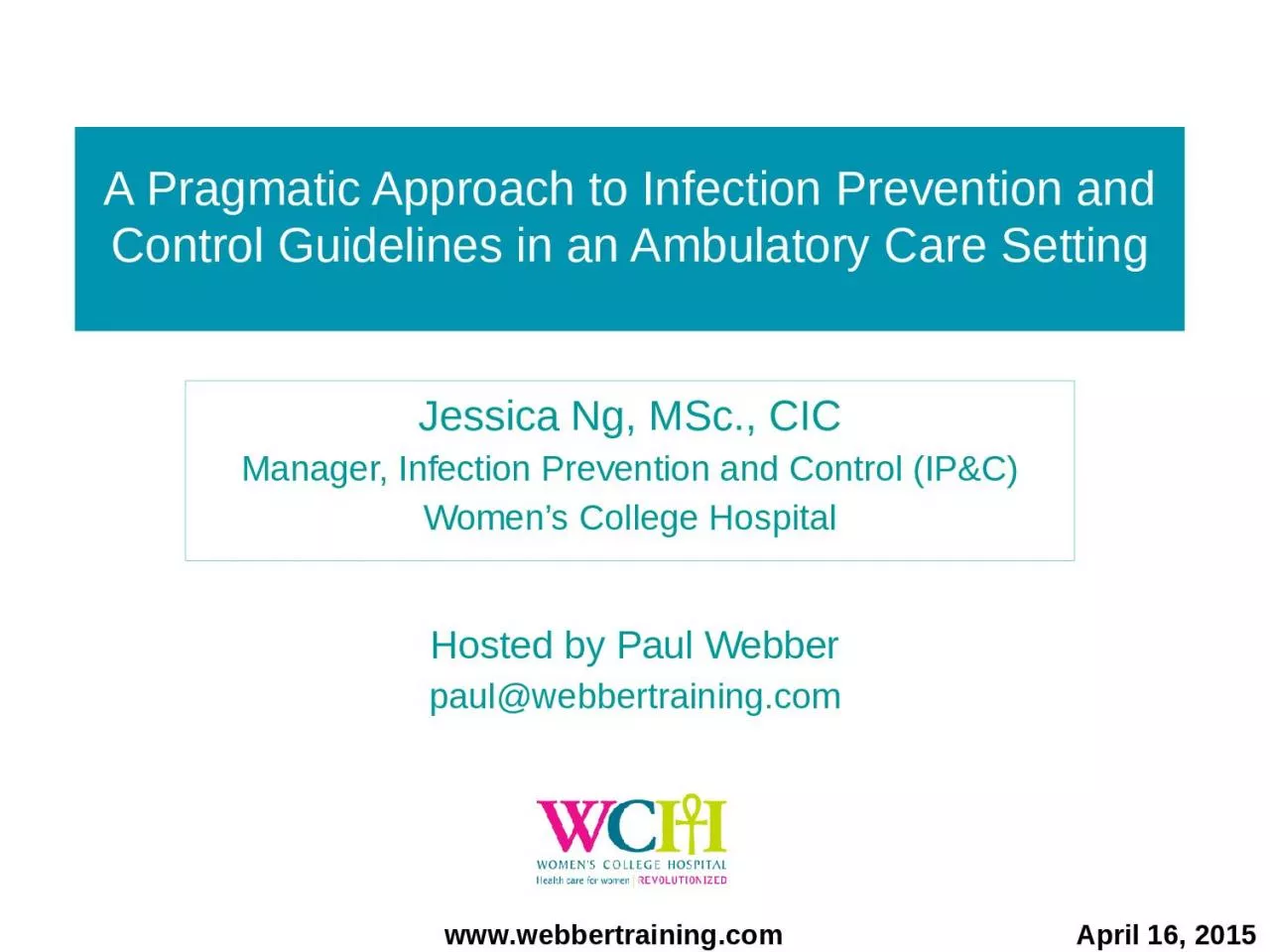
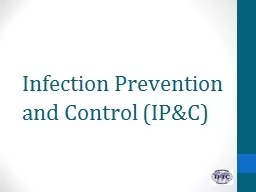
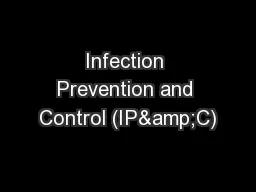
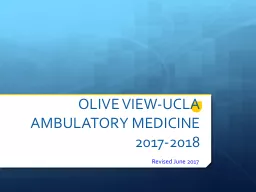

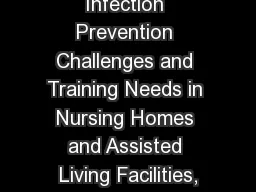


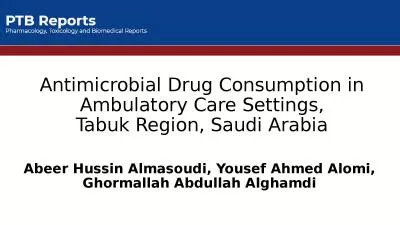
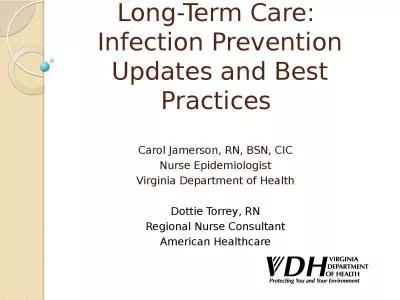
![[DOWNLOAD] Ambulatory Care Nursing Exam Secrets Study Guide: Ambulatory Care Nurse Test](https://thumbs.docslides.com/1007625/download-ambulatory-care-nursing-exam-secrets-study-guide-ambulatory-care-nurse-test-review-for-the-ambulatory-care-nursing-exam.jpg)
